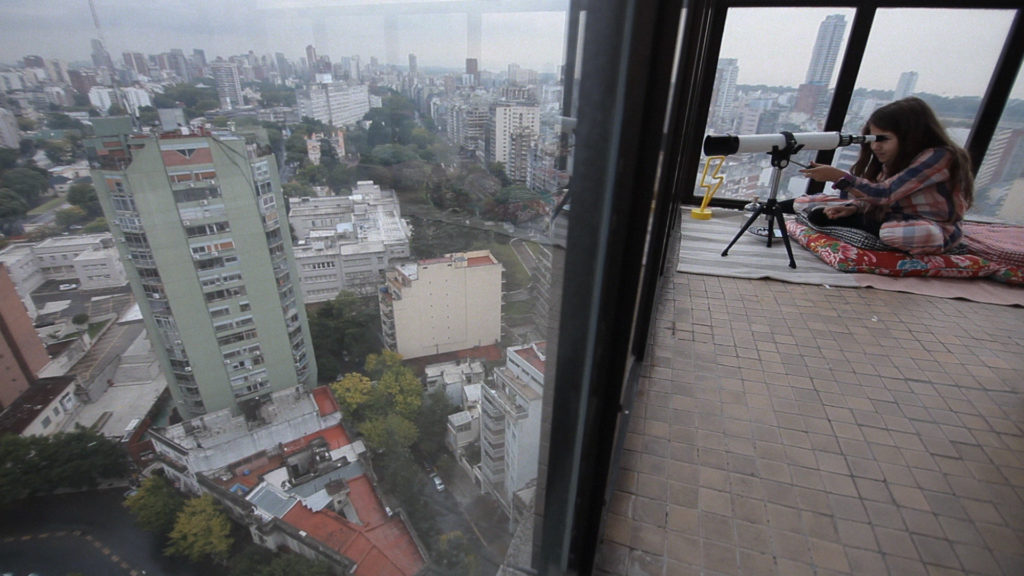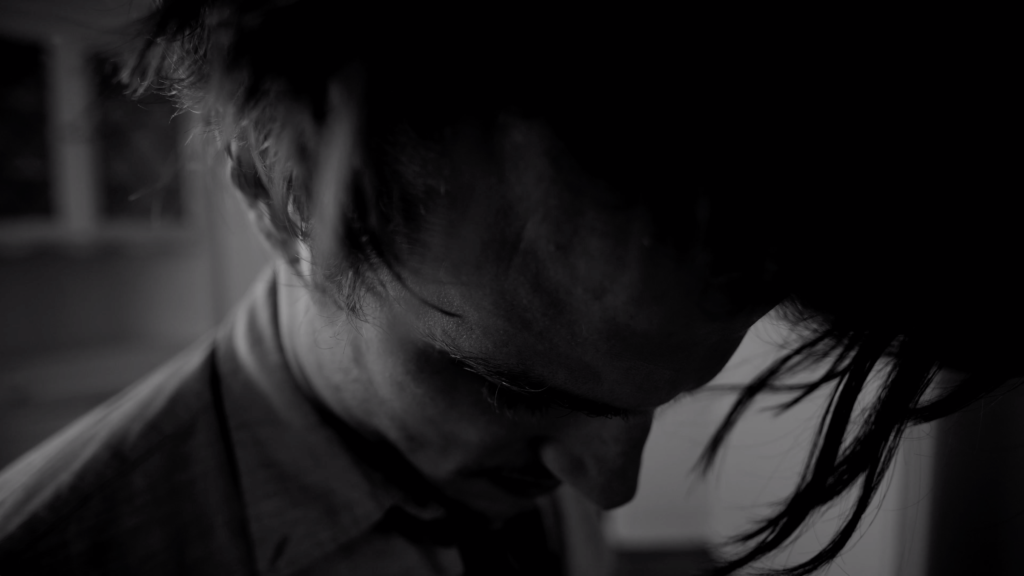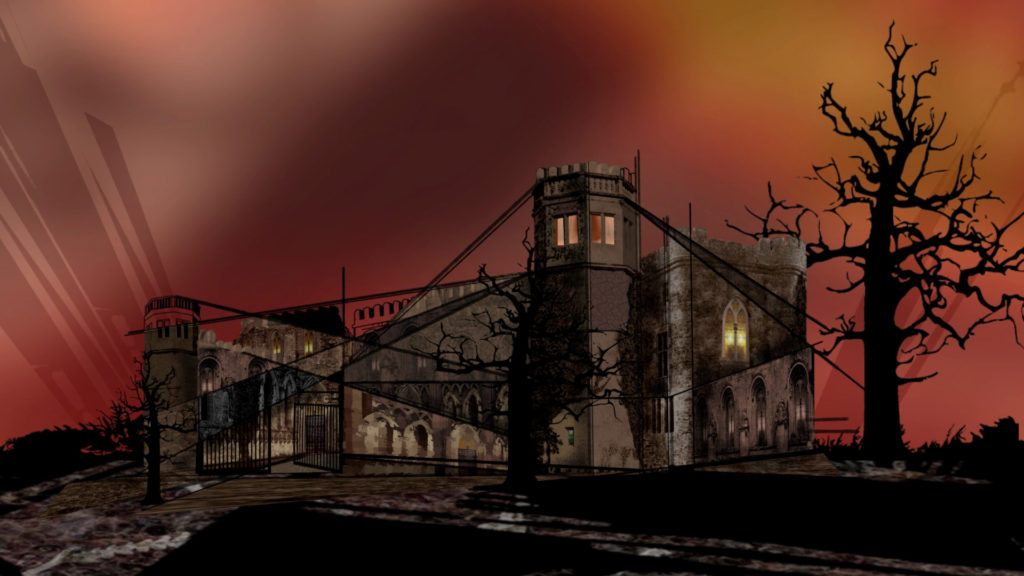Fantaspoa at Home (International Competition)
Fantaspoa was supposed to take place in its physical form in Porto Alegre, Brazil right about now, in the second half of May, from 14th till 31st. The festival was postponed due to the Covid-19 outbreak, and the filmmakers were invited to submit their films made during the lockdown. This is a brief overview of the titles in the international shorts competition of Fantaspoa at Home.
Since the filming options were reduced to minimal, both in terms of locations (filmmakers’ homes, corridors and maybe backyards, with an occasional establishing shot from the balcony) and equipment, the storytelling had to be adapted to those basic means of expression. Another factor would regard the actors: since most of the filmmakers were not able to work with professionals for obvious reasons, they had to work either completely on their own, with their family members or roommates or to work around the boundary and move the plot of their shorts completely online – to a zoom (or similar) chat. Last but not least, genre and fantasy filmmaking also has their own rules and plot mechanics, while their also mainly lean on some form of visual effects which are almost impossible to recreate in home conditions. The filmmakers had only their creativity at disposal in order to overcome those limits.
The winner of the competition was presumably the most ambitious project of the bunch, Alejo Rébora’s Hatching Out. It was one of the rare films that used multiple locations, online (a group chat seen on a computer screen), as well as offline (the homes of the chatting friends) and tried to follow the multiple plot lines regarding them individually in their dealing with the isolation and their minds playing tricks on them, from experimenting with drugs in order to achieve the astral projection to observing (and obsessing about) a natural phenomenon in the garden of one of the characters. The end result is a satisfying low budget genre short that would profit from a longer and more detailed development.

Another of the highlights is Andreas Kyriakou’s Strain Roulette, a 7-minute short whose plot is confined to a chat room and a dangerous game from the title. It is basically a game of clue in which the participants have to reach the consensus which one of them got infected by using the game props – the Covid tests. The lack of dynamism conditioned by the whole film being shot in a single static take of a computer screen divided in four was handled by Kyriakou’s sure-handed storytelling.
Most of the other competition titles relied more heavily on the regular genre tropes. Brian Klewin’s Contaminated revolved around a germaphobic young woman disinfecting her home obsessively until she meets her destiny. The Last Day by Guillermo Carbonell followed the pair who spent the quarantine locked up together exiting the flat for the first time, only to be surprised with the unexpected development of the situation. The plot of Karl Holt’s Unearthed could as well take place completely outside the lockdown context: it is about a cursed tape that causes trouble since it was found in the house floor by a man doing the repairs. Similar could be said for Ivan Sharan’s What Am I, a film about a man preparing for an alien abduction in his home, with the only difference from the previous entry being its more comedic tone.
Those single issue stories and predominantly single trick films work as much as a single trick film could work, regardless of the context. Some of them are more accomplished (What Am I is spiced with an intelligent use of pre-existing music, for instance, and it adds another layer to the whole thing), some of them more amateurishly enthusiastic than exactly new and inspired.

It is rather different with another batch of films: those laced with comedy. 21 Days in by Mark Hensley is basically recycling one of the plot points of Stanley Kubrick’s The Shining (which is a common association for being isolated with the family, and it’s protagonist is working on a project related to Kubrick’s film), but with a twist for the modern times which is too fun to spoil. Baldomero by Martín Blousson is a twist on the topic of online dating that defies the expectations about the dichotomies of the predator and the victim and the willing entity and the object in a very simple setting. Ignacio L. Vacas’ Killer Brownie is an earnest trash film based on a known premise of the revenge of the piece of food towards its maker and regular eater, which actually goes along quite well with the quarantine context and food obsessions that a lot of people have developed. The most heart-warming and the most melancholic of the bunch is Scoped Out, a film by Miles Strong-Austin & Adam Rebora about the unlikely friendship forged between a man and his supposed psychotic killer through the art of playing various games. We can actually feel for our hero once his sniper “frenemy” leaves him in solitude.
Finally, two of the international competition films defy the viewers’ expectations and show enough of the ambition and style so they could be included in the regular short film festival programmes, for the different reasons. Emerson Niemchick’s Roach is a heavily stylized satirical thriller / neo noir about the toilet paper dealer becoming a victim of a blackmail by a masked guy. The writer / director Emerson Niemcnick who also served as the editor and played the main role turns the limitations into his advantages: the black and white camerawork suits the film quite well, the sound design relying on both the minimal oscilloscopic score and the sound of the professional photographic flash known from cop shows and serial killer thrillers is amazing and the trashy twist coming later on is well timed.

Deb Ethier’s The Masque of the Red Death is a completely different kind of animal. It is an adaptation of Edgar Allan Poe’s literary classic done as a simple computer animation. It looks great with a choice of lively colours, chiaroscuro contrasts and recurring geometrical motives. The alternation between Michael Ethier’s narration and the sound scheme consisting of clock ticking and the music that seems like a template from an old computer game also suits the material. The Masque of the Red Death is an example of how a work done in home conditions and with fairly simple tools like Reallusion’s Cartoon Animator could be qualitatively equal to professional work.
















